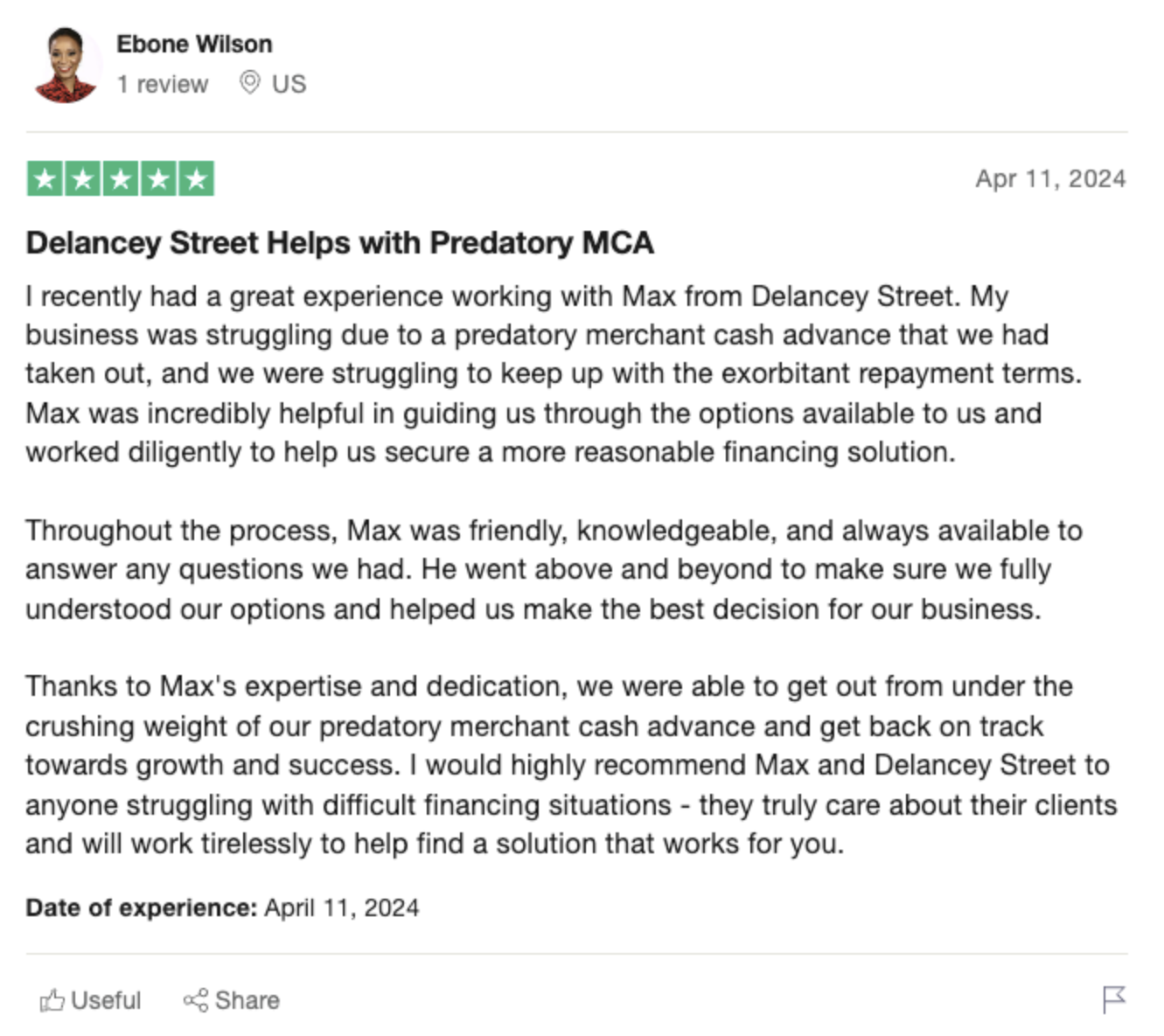What are Abusive UCC Lien Filings and Why You Should Care
Abusive UCC lien filings – basically fraudulent liens filed against a company in order to extort money – are a growing problem that all businesses should be aware of. These bogus liens can damage your company’s credit and ability to get financing, waste huge amounts of time and legal fees, and even force you into bankruptcy. But there are things you can do to prevent them from happening in the first place, or fight them if they do. This article will break it all down for you.
How UCC Liens are Supposed to Work
The Uniform Commercial Code (UCC) is model legislation adopted by all 50 states that governs commercial transactions and secured transactions – basically any transaction involving personal property used as collateral for a loan. The UCC allows creditors – banks, investors, suppliers etc – to put a lien on assets and inventory owned by the company they are lending money to or doing business with. This gives them rights over other creditors to get paid first if the company defaults on loans or files bankruptcy.
All legit UCC liens must be filed with the Secretary of State’s office in the state where the debtor company is incorporated or registered. The lien stays attached to the assets even if they are sold or transferred later. Liens are a normal part of doing business – they allow companies access to financing they might not otherwise get.
 -
-How Abusive Liens are Different
Abusive liens are filed by people or groups that have no actual business with or loans to the company – they simply file a fraudulent lien to try to extort money from the business. They count on the company wanting to avoid damage to its credit rating and relations with legit lenders and creditors.
Some common traits of abusive UCC lien filings:
- Filed by individuals or groups with no actual loans or financial ties to your company
- Often filed by anti-government groups against corporations as protest statements
- Contain ridiculous amounts – $50 million, $100 billion etc when no such loan exists
- Filled with pseudo-legal language and threats – they often claim to now own the company
The Damage Inflicted by Fake Liens
While abusive liens have no legal merit, they can still inflict major damage on a company, including:
- Hurt ability to get financing since they negatively impact credit
- Scare off potential investors and business partners
- Waste massive resources on legal fees to fight them
- Distract management from running the company
- Possibly even force small companies into bankruptcy
Clearly these fraudulent liens are something all companies want to avoid. The good news is there are steps you can take to prevent them or mitigate the damage.
How to Prevent Abusive Lien Filings from Happening
While no company is 100% protected from abusive liens, you can make your business a less likely target and detect any bogus filings quicker:
 -
-Monitor Your Credit Regularly
This is one of the easiest things you can do. Just like you should check your personal credit reports regularly, your company should also monitor its business credit file with agencies like Experian or D&B. This allows you to catch any suspicious filing right away before major damage is done.
Secure Company Formation Documents
One way abusive filers identify targets is getting copies of company incorporation records through state records offices. In some states like Delaware, you can pay extra to file incorporation documents confidentially so they are not publicly searchable. This adds a layer of obscurity that makes you less vulnerable.
Google Yourself Regularly
A simple Google search of your company name each month can alert you if any suspicious UCC filings show up on public databases. Forewarned is forearmed when it comes to combatting fake liens.
Know Your Enemies
While rare, sometimes disgruntled former employees or business partners seek revenge through bogus liens. Make sure HR knows to watch for any red flags like threats from past employees who left on bad terms. Their insider knowledge makes them potentially more dangerous.
Register Trademarks
If someone files a lien using a slight misspelling of your company name, it can take longer to detect. Registering trademarks helps you more easily find – and fight – these bogus filings.
 -
-What to Do if You Find a Fake Lien
If you discover an abusive lien against your company, quick action is important to avoid lasting monetary damage:
Consult an Attorney ASAP
Do NOT try to handle this yourself. Get expert legal help right away. Most state laws have quick, streamlined processes to dissolve fraudulent liens with minimal legal costs as long as you act fast. A lawyer experienced in UCC law will shepherd you through the system.
File a Judicial Action
Your attorney will immediately file what’s called a “Judicial Action for Determination” asking a judge to rule the lien fraudulent with no legal basis. This is usually a quick, routine proceeding costing a few thousand dollars at most. Legitimate lien holders have a short window to object if they want to claim the lien is valid. Bogus filers rarely respond since they want to avoid scrutiny.
 -
-Get Insurers Involved
Contact your general liability insurer right away as well as any title/deed insurance you have. These policies sometimes cover legal costs incurred fighting fraudulent liens. Insurer muscle adds more firepower to get fake liens removed.
Be Proactive with Creditors
Get ahead of the situation by contacting all banks, investors, suppliers and other creditors you work with. Explain the filing situation and provide documentation it’s fraudulent. This helps calm them down so they don’t panic and stop extending credit to your company.
Report Fraudulent Activity
File reports with the FBI’s Internet Crime Complaint Center at www.ic3.gov as well as state authorities. Bogus liens often get filed in batches using the same fraudulent tactics and reporting aids law enforcement.
Sue the Fraudulent Filers (Maybe)
Here’s where things get tricky. In theory, companies that have been victimized can sue the fraudulent filers for damages. And it’s possible to win judgments against them. But it’s often difficult to collect any money because these groups are slippery and have no assets. Before embarking on an expensive civil lawsuit, do a cost-benefit analysis with your attorney. The savvier move is usually focusing resources on dissolving the fake liens first before worrying about retaliation. But there are scenarios where suing makes sense – your lawyer can walk through options.
How New Laws are Cracking Down
After a rash of abusive lien filings in the 1990s, many states passed new legislation specifically to protect companies by streamlining the process to dissolve fraudulent liens. This includes quick “expedited judicial proceedings” as well as allowing legal damages if bogus filers are proven to have knowingly made false or inaccurate claims.
Some examples of newer state laws getting tough on fraudulent lien filings:
- Utah Code Ann. §38-9-1: A company can sue for $3,000 or actual damages (whichever is higher) plus legal fees if a fake lien is ruled legally improper
- Rev. Code Wash. §60-70.060: Lets courts dismiss fraudulent liens with a single hearing and no trial necessary if filer cannot prove validity
- Fla. Stat. §668.003: Expedited court hearing within 30 days of petition by company plus ability to recover legal costs fighting bogus liens
So modern legal frameworks are increasingly on the side of companies being victimized by abusive liens.
The Outlook Going Forward
Abusive liens exploded in the 1990s and early 2000s but tapered off as states passed better statutes and law enforcement got wise. A new uptick has happened in recent years though as anti-government groups employ them to protest corporations.
Companies can expect to see periodic clusters of abusive filings around economic downturns or political events that rile up extremists. However, the protections now in place prevent most fraudulent liens from inflicting major damage if addressed quickly. They are more a costly nuisance than business killer.
No company wants to deal with the hassle and legal bills from fake liens. But the remedies available combined with proactive monitoring and prevention make the fallout manageable. Consider it one more cost of doing business in the modern economy.







